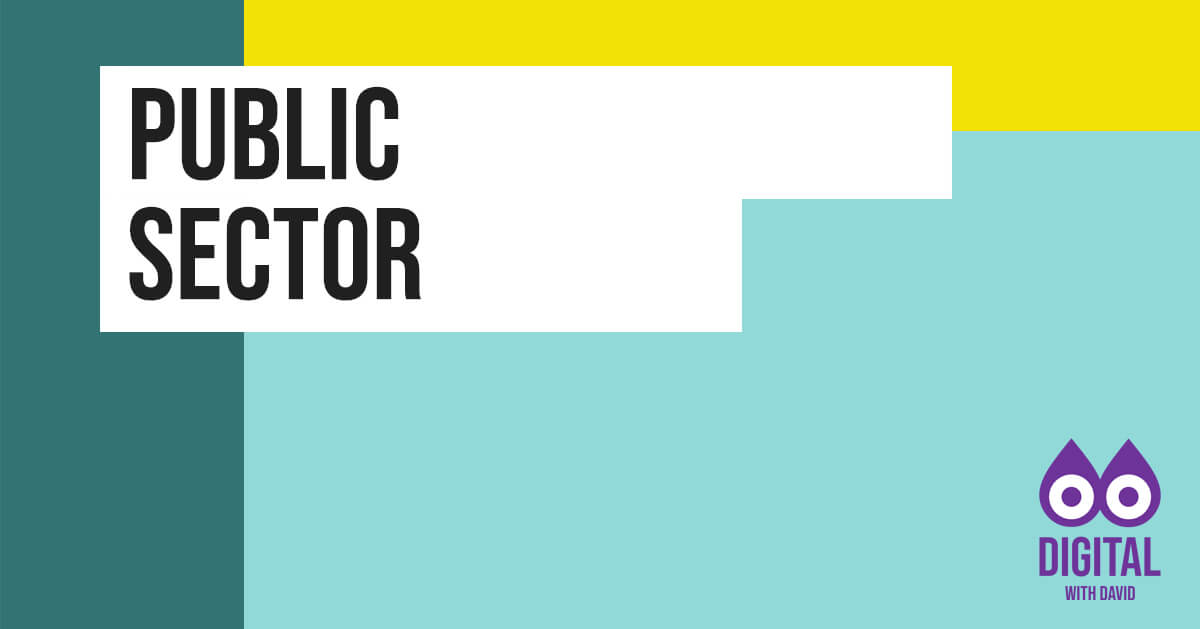The GOV.UK design principles are a great starting point if you’re looking for a set of 10 high-level principles to help make your digital project great.
1. Start with user needs
Service design starts with identifying user needs. If you don’t know what the user needs are, you won’t build the right thing.
2. Do less
The government should only do what only government can do. If we’ve found a way of doing something that works, we should make it reusable and shareable instead of reinventing the wheel every time.
3. Design with data
In most cases, we can learn from real-world behaviour by looking at how existing services are used. Let data drive decision-making, not hunches or guesswork.
4. Do the hard work to make it simple
Making something look simple is easy. Making something simple to use is much harder – especially when the underlying systems are complex – but that’s what we should be doing.
5. Iterate. Then iterate again
The best way to build good services is to start small and iterate wildly. Release minimum viable products early, test them with actual users, move from alpha to beta to live adding features, deleting things that don’t work and making refinements based on feedback.
6. This is for everyone
Accessible design is good design. Everything we build should be as inclusive, legible and readable as possible. If we have to sacrifice elegance – so be it.
7. Understand context
We’re not designing for a screen, we’re designing for people. We need to think hard about the context in which they’re using our services.
8. Build digital services, not websites
A service is something that helps people to do something. Our job is to uncover user needs and build the service that meets those needs.
9. Be consistent, not uniform
We should use the same language and the same design patterns wherever possible. This helps people get familiar with our services, but when this isn’t possible we should make sure our approach is consistent.
10. Make things open: it makes things better
We should share what we’re doing whenever we can. With colleagues, with users, with the world. Share code, share designs, share ideas, share intentions, share failures.
Further information

Original author / source: GOV.UK